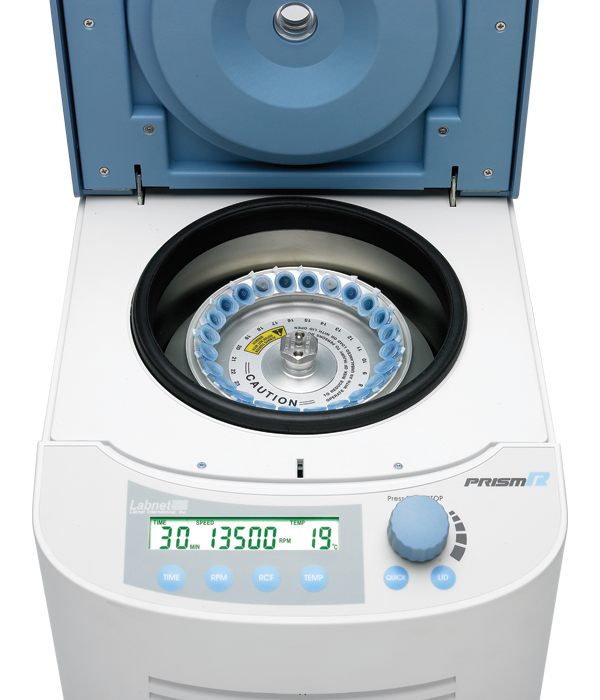
Get Our Top Tips for Safe Centrifuge Operation
03 Oct 2017
Protect Yourself in the Lab
You’re ready to retrieve some samples from your lab centrifuge right before your break when the phone in your pocket buzzes and a coworker drops a flask across the lab. While you’re looking over your shoulder at the mess and thinking about the clock you reach for the centrifuge…
Accidents can happen in an instant with long-term consequences. You can protect yourself and your coworkers by following all safety procedures and relying on well-engineered equipment in your lab.
Labnet's Lab Centrifuge Safety Features
Now, more than ever, you can appreciate the safety features built into all Labnet International centrifuges. Thanks to precision engineering and a commitment to safety, there are many features in place to ensure trouble-free operation. Multiple levels of safety are integrated for your protection, including:
- Electronic braking system to safely slow the rotor prior to access
- Motor-driven lid lock that won’t allow access during a spin
- Quiet operation that protects your hearing and allows you to be alert to other lab situations
Industry manufacturers have been so committed to safety that according to OSHA, the Occupational Safety and Health Administration, nearly all centrifuge-related accidents result from user error. You can protect yourself and your lab by following all of the guidelines associated with the specific unit you are using. All Labnet International laboratory centrifuges have clear, comprehensive instructions that should be annually reviewed and followed closely. Here are some key points that everyone using a centrifuge in your lab should be aware of:
Tips for Safer Centrifugation
- Make sure that the centrifuge is installed per all manufacturer instructions
- Take care to load the rotors evenly in the symmetrical pattern called for by the manual
- Be aware of the maximum load permitted for each rotor and do not exceed that value
- Assure that the rotor is completely stopped prior to lid opening and sample access
The safety instructions given here are general and pertain to all centrifuge use. Some specific applications require more extensive safety procedures. It is very important to understand the unique requirements of your samples. Many samples can aerosolize during spinning and require 10 minutes or more to settle prior to exposure. The aerosolized sample can easily be inhaled and cause illness or injury. If you have any questions about your specific lab environment, speak with your lab manager or safety officer.
For specific safety procedures related to your Labnet International centrifuge or other equipment, please see our website for a robust catalog of product documentation.

